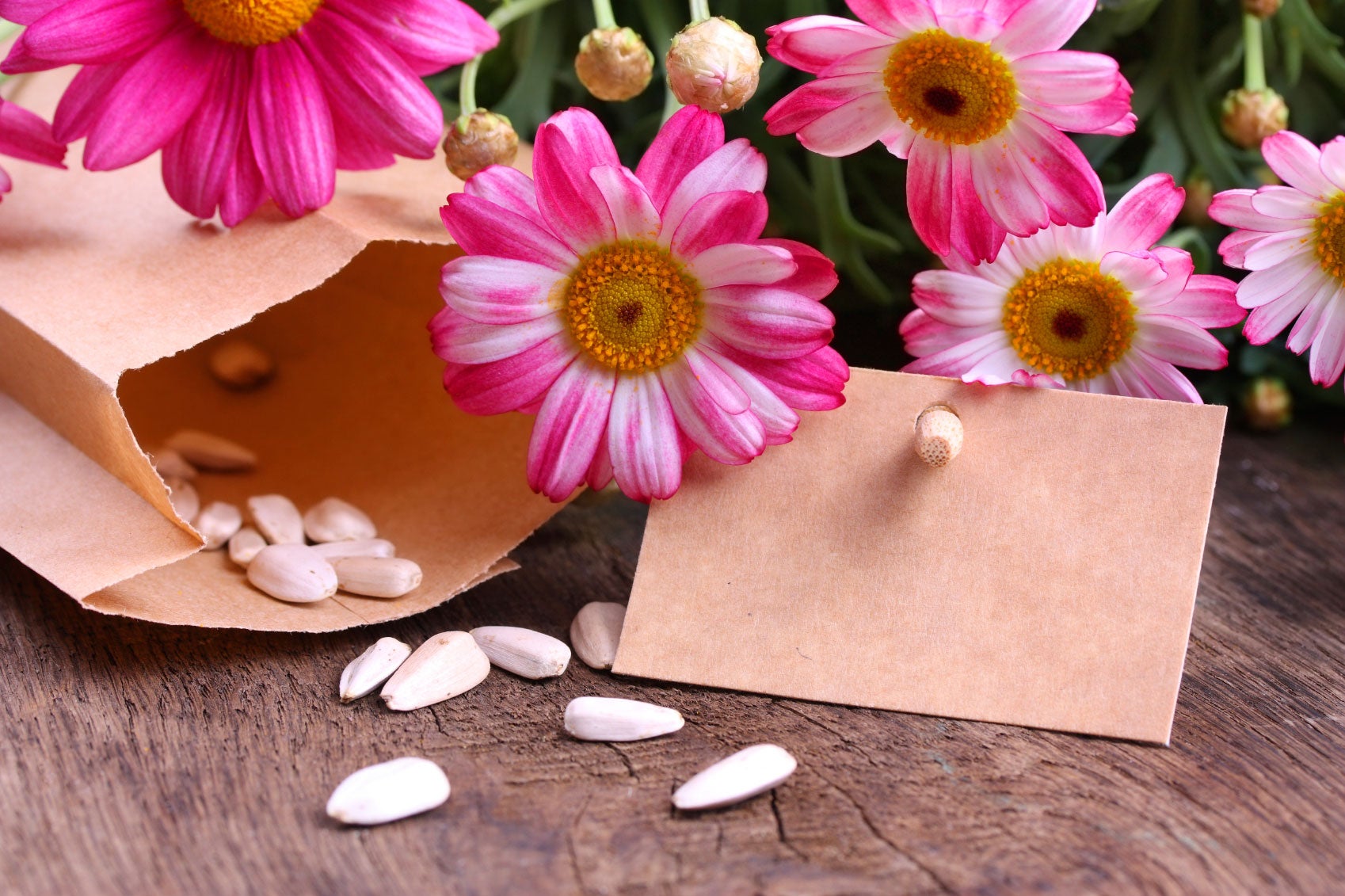Community Seed Banks: How To Start A Seed Bank


The importance of preserving native and wild species of seeds has never been higher than in today's world. Agricultural giants are expanding their proprietary varieties, which threaten to encompass original and heirloom species. Collecting and storing seed species provides a consistent source of plant populations that may be threatened by modified seed, loss of habitat, and lack of diversity. Preserving native and wild species of seeds is an important step in protecting a healthy habitat. Plus, it is easy, takes little space, and the seed can be stored season after season. Starting a seed bank as a home gardener involves little effort and may start with saving seed from home grown plants or sourcing regional and native seed.
What is a Seed Bank?
Seed banks provide a healthy source of native seed should something happen to natural sources. There are national seed banks dedicated to preserving a population's wild species and community seed banks, which store regional and heirloom seeds. Industrial agriculture has created groups of plants with less original genetic material that may be more susceptible to new diseases and pests. Wild species have evolved strong resistance to many of these issues and provide a back-up system of refreshing the plant gene pool. Additionally, seed saving can create opportunities for agriculturally challenged regions and poor farmers when excess seed is donated. Seed bank information can be found at the local, regional, and even international level, as many countries are actively involved in preserving their native plants.
How to Start a Seed Bank
The process may be very simple to start. My gardening ancestors have always dried flower, fruit, and vegetable seed for the next season's planting. A very crude method is to place dried seeds into envelopes and label the contents for later use. Keep the seeds in a cool, dry location for a season or two, depending upon the species. Access community seed bank information and learn how to start a seed bank from your county extension office or gardening clubs and groups. In addition to seed collecting, the most important aspects of a seed bank are proper storage and complete labeling.
Collecting and Storing Seed
The end of the growing season is usually the best time to collect seeds. Once flowers have lost their petals and seed is nearly dry on the plant, remove the seed head and let dry. Shake or pull seed from its organic housing into a container or envelope. For vegetables and fruits, use ripe food and remove the seeds manually, spread them out on a cookie sheet (or something similar) in a warm dark room until they are completely dry. Some plants are biennials, which mean they do not flower in the first year. Examples of these are:
Once you have extracted and dried your seed, package them in your preferred container and store in a cool location or the refrigerator. While the national seed bank has a concrete underground bunker for the complete collection, with climate control and extensive data bases, this is by no means the only way to store and collect seeds. The seeds will need to be kept dry in an envelope, paper bag, or even an old cottage cheese or yogurt container. If you use a container, keep in mind that it has no ventilation and some moisture may build up inside, potentially causing mold. To prevent this from happening, you can put a little packet of rice inside some cheese cloth to act as a desiccant and protect seed from excess moisture. Use an indelible pen to mark each seed type and include any seed bank information necessary, such as germination periods, growing season length, or any other items pertinent to the species.
Joining Community Seed Banks
Working with a local seed bank is useful because it has access to a wider variety of plants than the home gardener and the seeds are fresher. Seed viability is variable, but it's best not to store the seeds for more than a couple of years to ensure germination. Some seeds store well for up to ten years, but most lose viability in a short period. Community seed banks utilize the older seeds and replenish them with fresh seed to encourage vigor. Seed savers are from all walks of life, but the best way to contact people with like interests is through garden clubs, master gardener services, and local nurseries and conservatories.
Sign up for the Gardening Know How newsletter today and receive a free copy of our e-book "How to Grow Delicious Tomatoes".

Bonnie Grant is a professional landscaper with a Certification in Urban Gardening. She has been gardening and writing for 15 years. A former professional chef, she has a passion for edible landscaping.